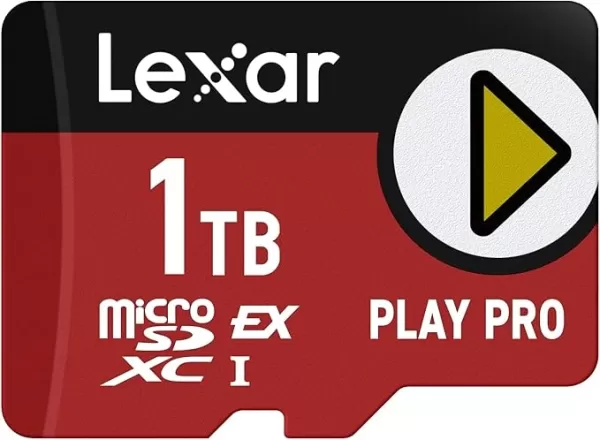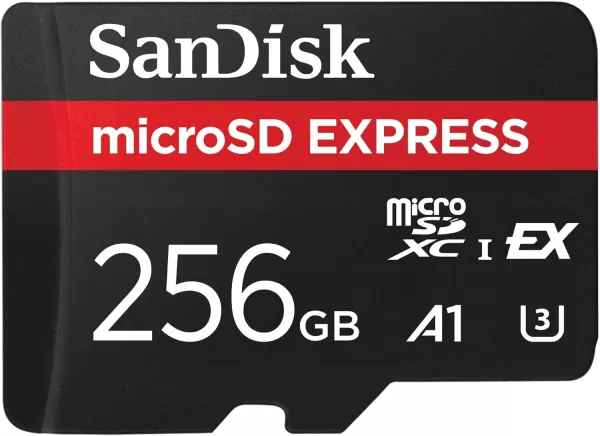Last week, Nintendo unveiled the Nintendo Switch 2, and with it came the announcement that the console exclusively supports expansion via MicroSD Express cards. This might be a hurdle for those with existing MicroSD collections, but it's a strategic move considering the superior speed of MicroSD Express.
The key advantage of MicroSD Express cards is their ability to achieve read/write speeds comparable to the Universal Flash Storage (UFS) used in the Switch 2's internal storage. This means games stored on expansion cards can theoretically load as quickly as those stored internally, at the cost of not being able to use the more affordable traditional MicroSD cards.
MicroSD vs. MicroSD Express
Over the years, MicroSD cards have evolved through six different speed ratings. Starting with an initial speed of 12.5MB/s, the progression has been significant, reaching up to 312MB/s with the SD UHS III standard. However, the game-changer came five years ago with the introduction of the SD Express standard, which significantly boosted speeds.
The crucial difference with SD Express is its use of a PCIe 3.1 interface, a stark contrast to the slower UHS-I interface of older cards. This PCIe interface, also used by faster NVMe SSDs, enables much higher performance potential. Full-sized SD Express cards can achieve data transfer speeds up to 3,940MB/s, far surpassing the capabilities of previous SD cards.
While MicroSD Express cards can't match the top speeds of their full-sized counterparts, they still offer impressive performance, reaching up to 985MB/s—three times faster than the fastest non-Express MicroSD cards.
Why Does the Switch 2 Require MicroSD Express?
Although Nintendo hasn't detailed its reasoning behind this requirement, the primary advantage is clearly speed. Games installed on a MicroSD Express card will load significantly faster than those on a traditional UHS-I MicroSD card, thanks to the PCIe 3.1 interface. This trend could soon extend to handheld gaming PCs as well.
The internal storage of the Nintendo Switch 2 has been upgraded to UFS from eMMC, making it logical for Nintendo to demand similarly fast expansion storage. Early demos suggest substantial improvements in load times, from a 35% faster fast travel in games like Breath of the Wild, as reported by Polygon, to a 3x faster initial load according to Digital Foundry. These enhancements may be due to the faster internal storage, CPU, and GPU, but the need for fast external storage ensures that future games requiring quick disk access won't be hindered by slower SD cards.
Moreover, this requirement paves the way for even faster storage solutions in the future. The current SD 8.0 Specification allows full-size SD Express cards to reach speeds up to 3,942MB/s. While MicroSD Express cards aren't there yet, they could reach these speeds in the coming years, provided the Switch 2 supports them.
AnswerSee ResultsMicroSD Express Capacity Options
MicroSD Express cards have yet to become widely adopted, but the launch of the Nintendo Switch 2 could change that. Currently, options are limited. Lexar offers a single MicroSD Express card in 256GB, 512GB, and 1TB capacities, with the 1TB variant priced at $199.

Lexar Play Pro MicroSD Express
0See it at Amazon
SanDisk, on the other hand, has one MicroSD Express card available, topping out at 256GB, which matches the internal storage of the Switch 2. By the time the Nintendo Switch 2 hits the market, it's unlikely that many MicroSD Express cards will exceed 512GB, but this is expected to change as companies like Samsung enter the market with new memory cards.

SanDisk MicroSD Express 256GB
0See it at Amazon















